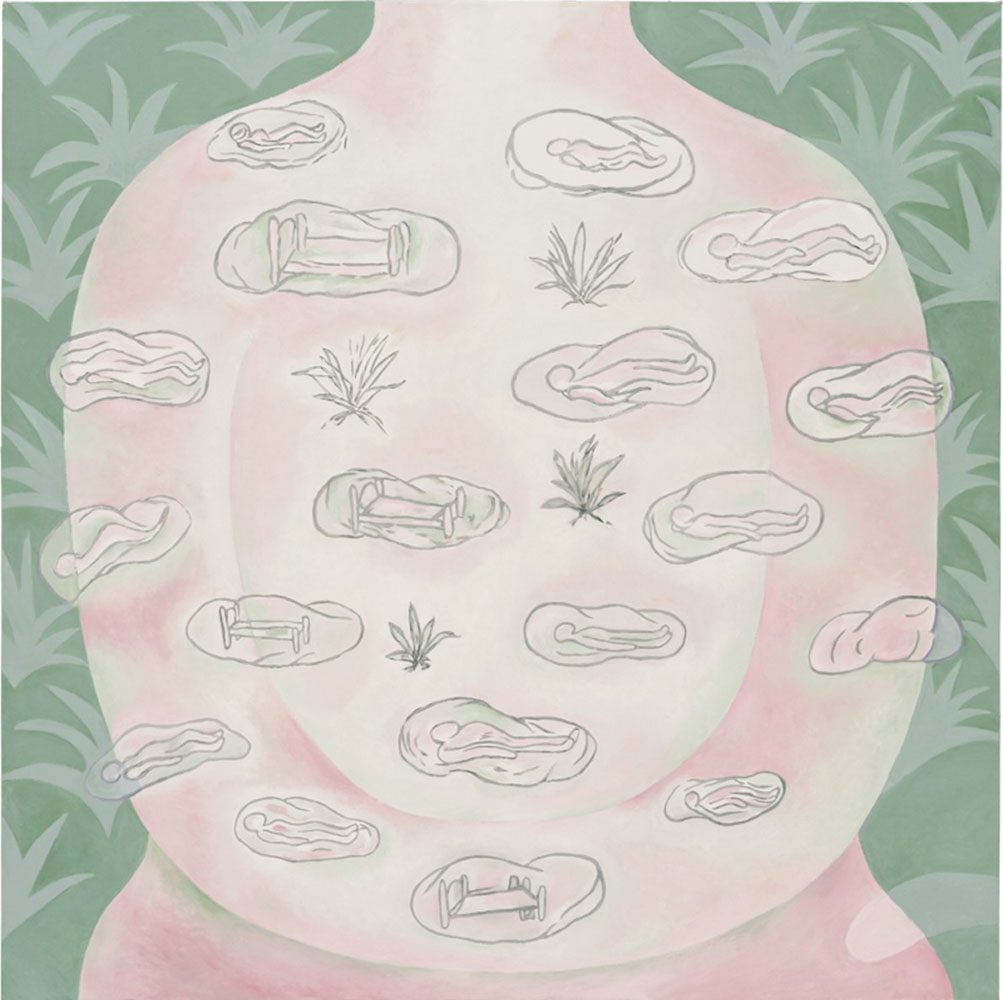PRESENTATION: Suellen Rocca-Good Things and Bad Things
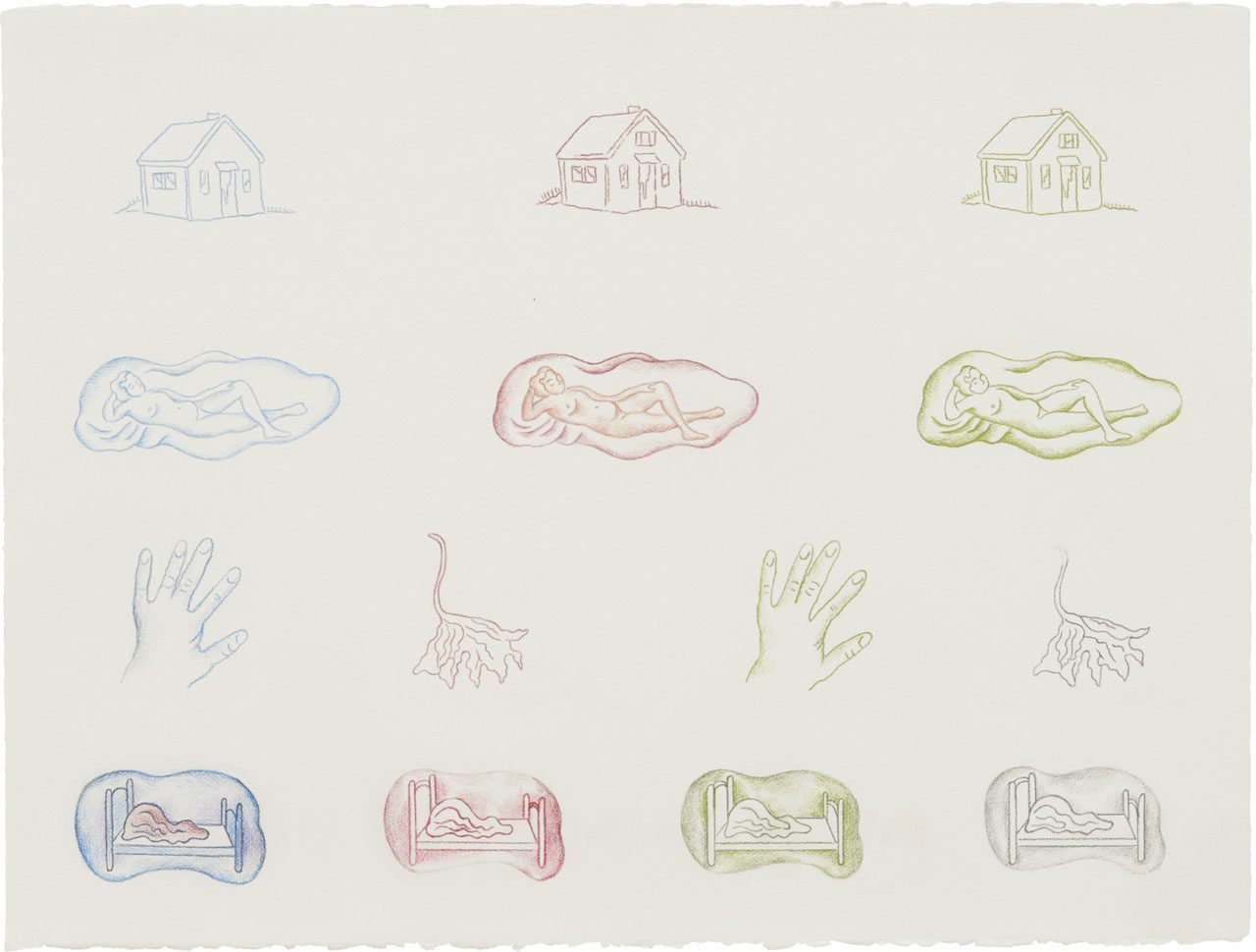 Suellen Rocca was one of the six founding members of the Hairy Who*, a Chicago-based artist group with a mutual desire to exhibit art in playful and exciting ways. Rocca’s paintings feature a symbolic, almost hieroglyphic language with repeated symbols and images pervading many of her canvases. She was inspired by images from picture books, popular culture, and consumerism—especially advertisements targeting women.
Suellen Rocca was one of the six founding members of the Hairy Who*, a Chicago-based artist group with a mutual desire to exhibit art in playful and exciting ways. Rocca’s paintings feature a symbolic, almost hieroglyphic language with repeated symbols and images pervading many of her canvases. She was inspired by images from picture books, popular culture, and consumerism—especially advertisements targeting women.
By Dimitris Lempesis
Photo: Matthew Marks Gallery Archive
Suellen Rocca’s work is marked by dream-like ambient landscapes filled with pictograms arranged in loose grids. She drew inspiration from various types of “picture writing,” such as ancient Egyptian hieroglyphs, advertisements, and children’s activity books. Fantastical, witty, and deeply personal, Rocca’s unique visual language comprises a collection of images from her life, including 1950s dollhouse furniture, jewelers’ catalogs, bodily sensations, and the work of artists such as Marc Chagall and Max Beckmann. Rocca combined these symbols in eccentric compositions. The exhibition, whose title, “Good Things and Bad Things”, is borrowed from one of Rocca’s paintings, includes two large-scale paintings made in 1964. In one painting, palm trees, shoes, and gold rings with gemstones emerge from a turquoise ground. Another painting presents repeating images of Santa Claus, dancing couples, and winter landscapes. Later canvases envision interior worlds in electrifying fields of vibrant color. Purses were also an important motif for Rocca, which she first developed from images in a 1940s manual on how to crochet purses. For Rocca, they were examples of “the cultural icons of beauty and romance expressed by the media that promised happiness to young women of that generation.” In the late 1960s, Rocca expanded this imagery to sculpture and began painting on purses. Describing Rocca’s sculpture “Purse Curse” (1968), the curator Dan Nadel has written, “it reminds me of a world of images that did not have double meanings, and of the fantasy of love, pure and simple. But the purse also conceals. What’s inside?”
Suellen Rocca earned her bachelor’s degree from the School of the Art Institute (SAIC) in 1964. Rocca has identified Ray Yoshida as the most important instructor of her SAIC career, in addition to other sources of inspiration that came from her personal world. While an undergraduate student, Rocca married a jeweler and became intrigued by the tactile image of rows of rings in the jewelry shop, as well as photographs of gemstones and settings in jewelry catalogs. Inspired by these images, Rocca developed a distinct visual vocabulary—including diamond rings, palm trees, hats, and small dancing figures—to represent wealth and satisfaction. In both oil paintings and intaglio prints, she employed her visual language as pictographs, presenting objects in tidy rows situated in a flat space similar to the catalogs she pored over. She also made assemblages of the same images scattered in chaos. The content of Rocca’s work is often read as conveying a specific viewpoint likened to a teenager’s naive fantasies and desires. As her work matured, Chicago’s cultural commentators noted that Rocca’s iconography had been funneled through a lens of memory, resulting in images that spun from dreams into nightmares of prescribed feminine token objects. Like her fellow Imagist Christina Ramberg, Rocca was greatly influenced by consumer culture and beauty advertisements for wigs, hair extensions, and make-up. Rocca later observed that she focused on this imagery in order to study “this vulnerable market [of young women], the insecure half-adult, made anxious to create and define an identity patterned on the staggering inanity of film and television idols and fictions.” But more than mere consumer appropriation, Rocca prefers to see her imagery as expressive of her personal history. In 1966, Rocca exhibited with the Hairy Who at the Hyde Park Art Center (HPAC). The success of this initial HPAC exhibition led to two additional Hairy Who exhibitions there (1967 and 1968), as well as installations at the Corcoran Gallery of Art in Washington, DC, and the San Francisco Art Institute. In 1993, while continuing to maintain her studio practice, Rocca became a program director at Hull House, a historic social-settlement house on Chicago’s near west side. Rocca served as the Curator and Director of Exhibitions for the Department of Art at Elmhurst College, outside of Chicago, where she also teached studio classes in painting, drawing, and design.
* Neither a movement nor a style, Hairy Who was simply the name six Chicago artists chose when they decided to join forces and exhibit together in the mid-1960s. As the Hairy Who, Jim Falconer, Art Green, Gladys Nilsson, Jim Nutt, Suellen Rocca, and Karl Wirsum (all recent graduates of the School of the Art Institute of Chicago) began mounting unconventional displays of bright, bold graphic work at the Hyde Park Art Center on the city’s South Side. Over a period of four years, they transformed the art landscape of Chicago, injecting their new and unique voices into the city’s rising national and international profile. Like all Americans of their generation, Hairy Who came of age during a period of upheaval that witnessed the escalation of the war in Vietnam, assassinations of political figures, student protests, a rising counterculture, tumultuous racial and gender relations, and the expansion of a capitalist consumer economy. Their work, vividly unbridled yet also formally refined, embodied irreverence and youthful fearlessness. Between 1966 and 1969, they staged six uninhibited and informal exhibitions: three in Chicago and one each in San Francisco, New York, and Washington, DC.
Photo: Suellen Rocca, Untitled, 2020, Graphite and colored pencil on paper , 22 × 30 inches; 56 × 76 cm, © Suellen Rocca, Courtesy the artist and Matthew Marks Gallery
Info: Matthew Marks Gallery, 523 West 24th Street , New York, NY, USA, Duration: 7/3-19/4/2025, Days & hours: Tue-Sat 10:00-18:00, https://matthewmarks.com/
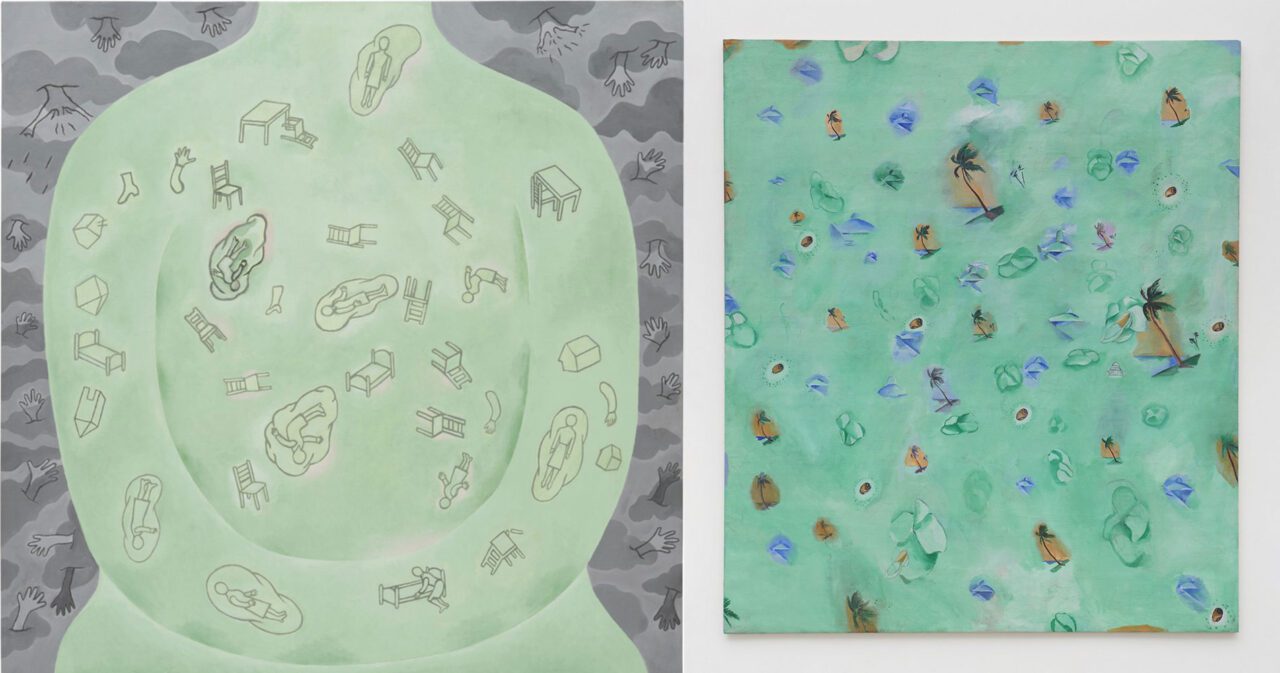
Right: Suellen Rocca, Untitled, 1964, Oil on canvas, 73⅛ × 63⅝ inches; 186 × 162 cm, © Suellen Rocca, Courtesy the artist and Matthew Marks Gallery
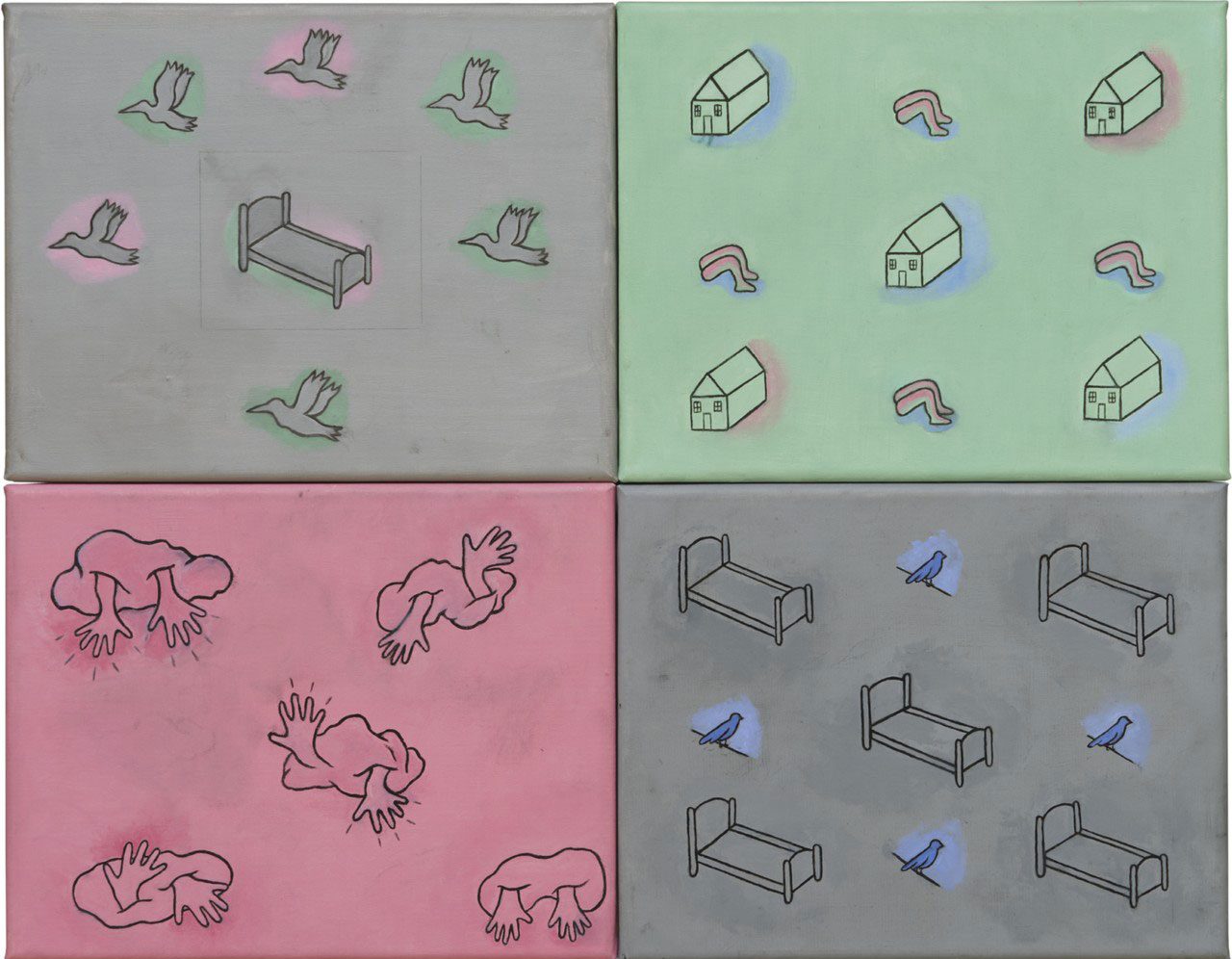
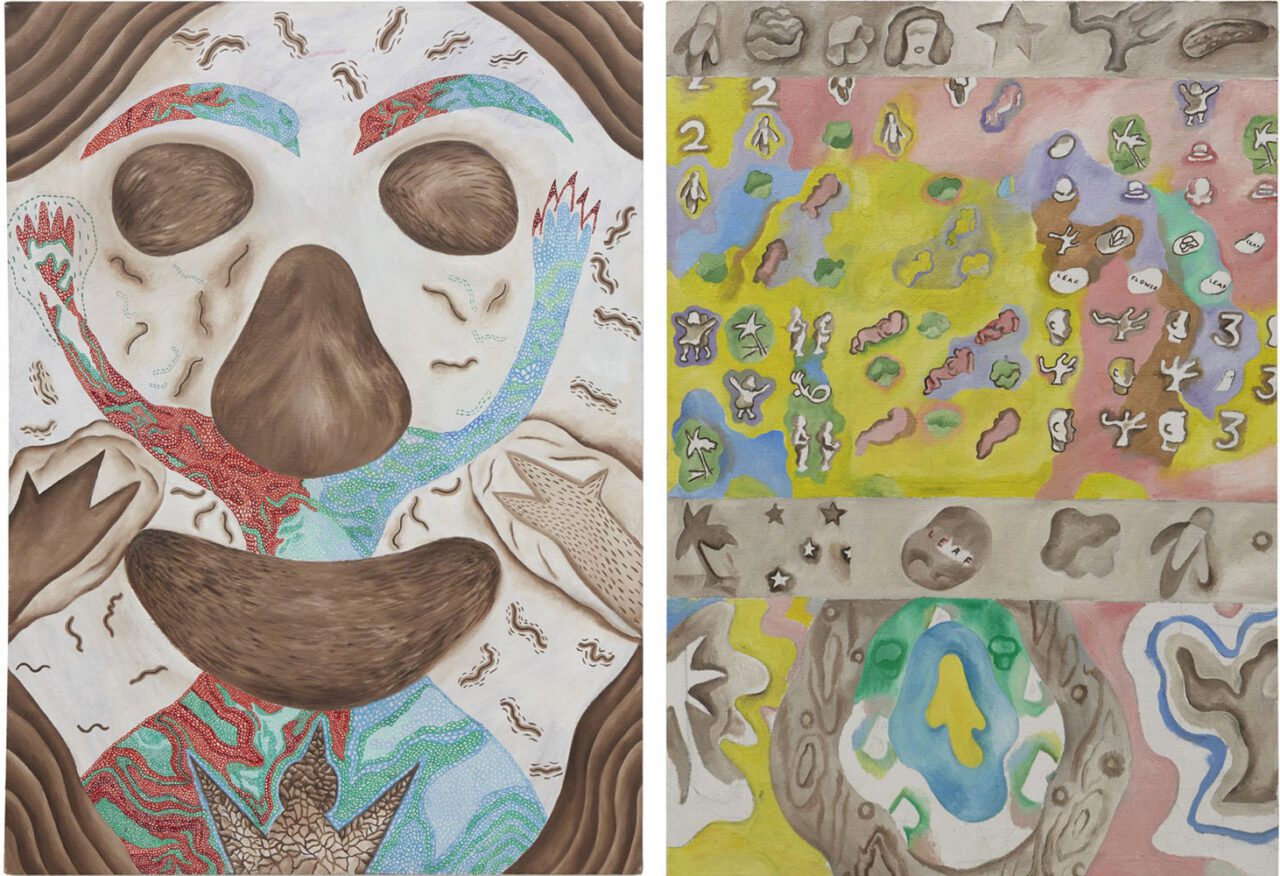
Right: Suellen Rocca, Leaf Flower Leaf, c. 1965, Oil on canvas, 46 × 31¾ inches 117 × 81 cm, © Suellen Rocca, Courtesy the artist and Matthew Marks Gallery
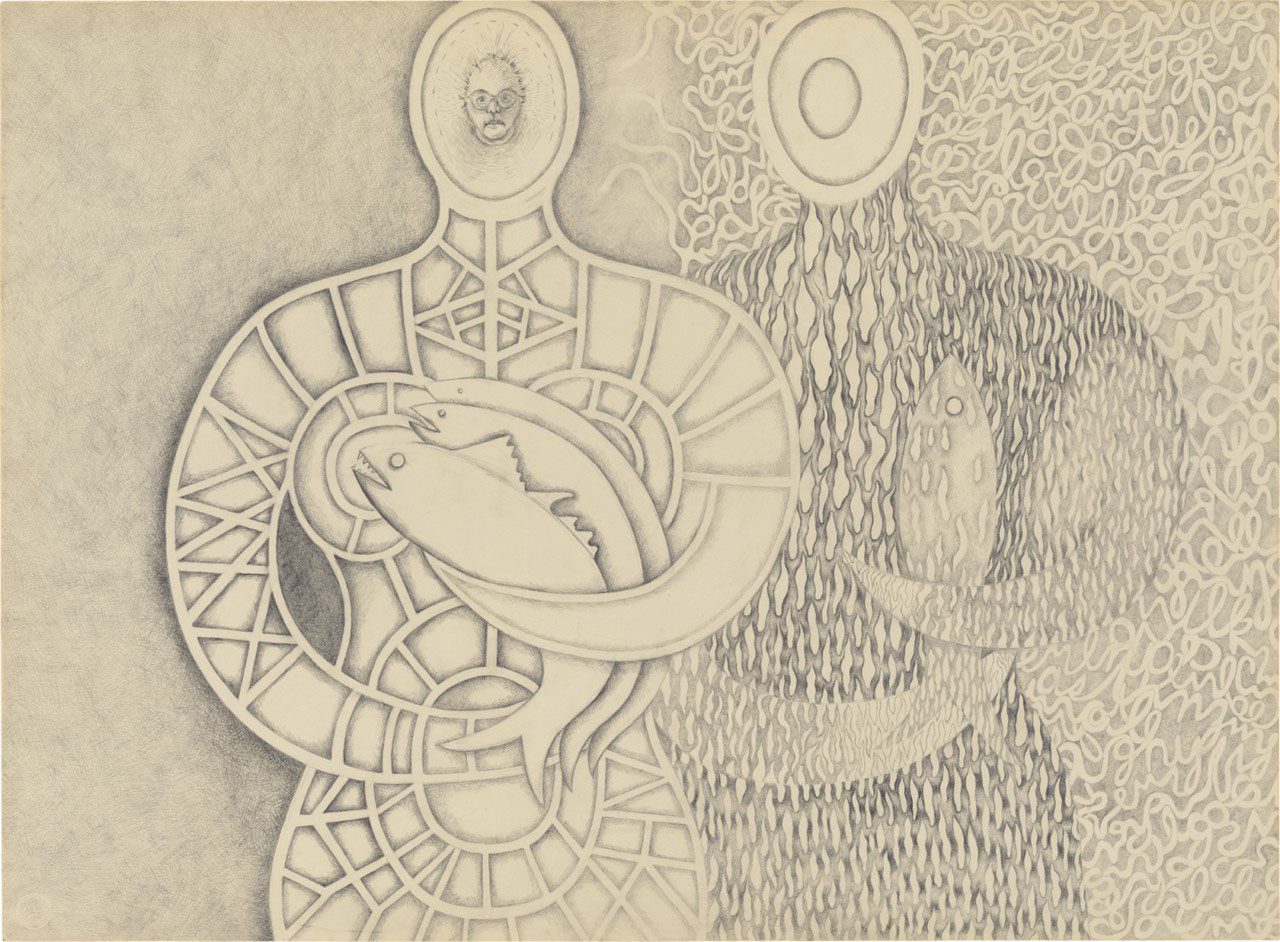
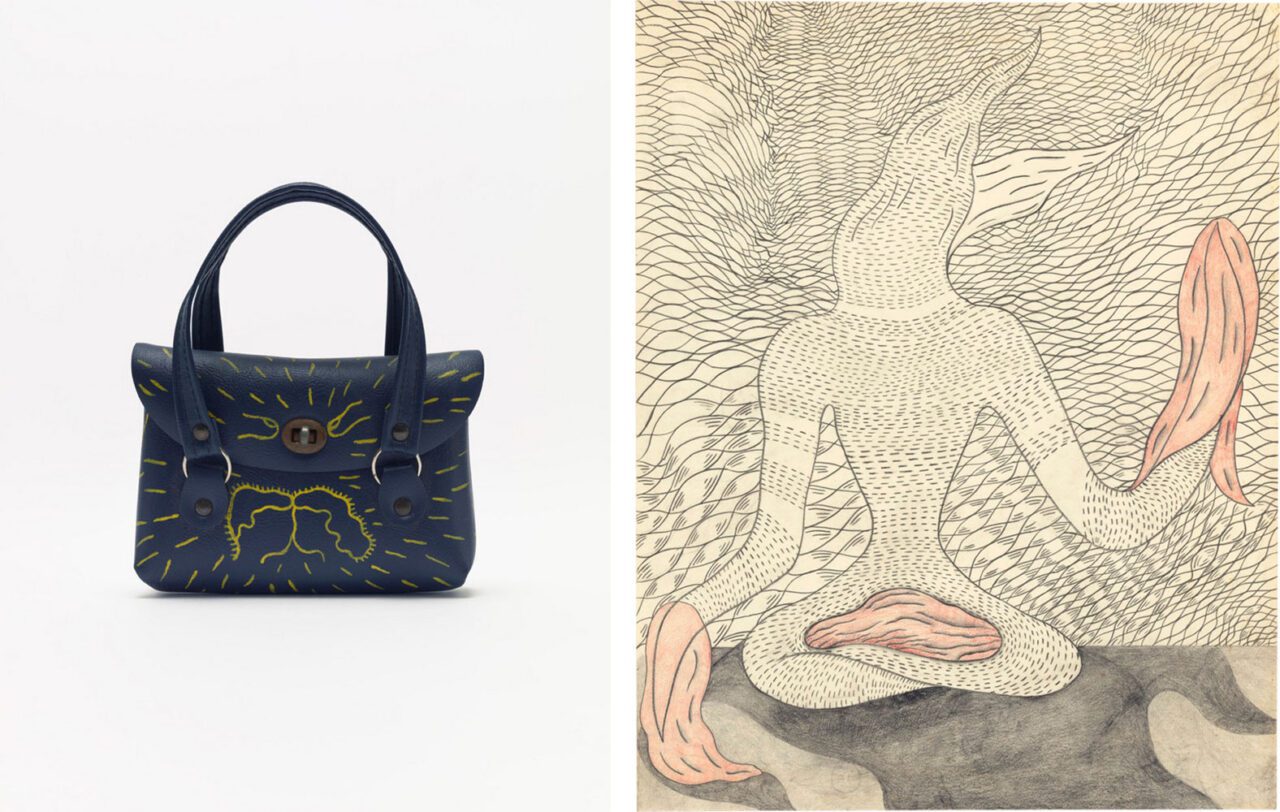
Right: Suellen Rocca, Hidden Danger Lady, 1984–2012, Graphite and colored pencil on paper, 29 × 23 inches; 74 × 58 cm, © Suellen Rocca, Courtesy the artist and Matthew Marks Gallery
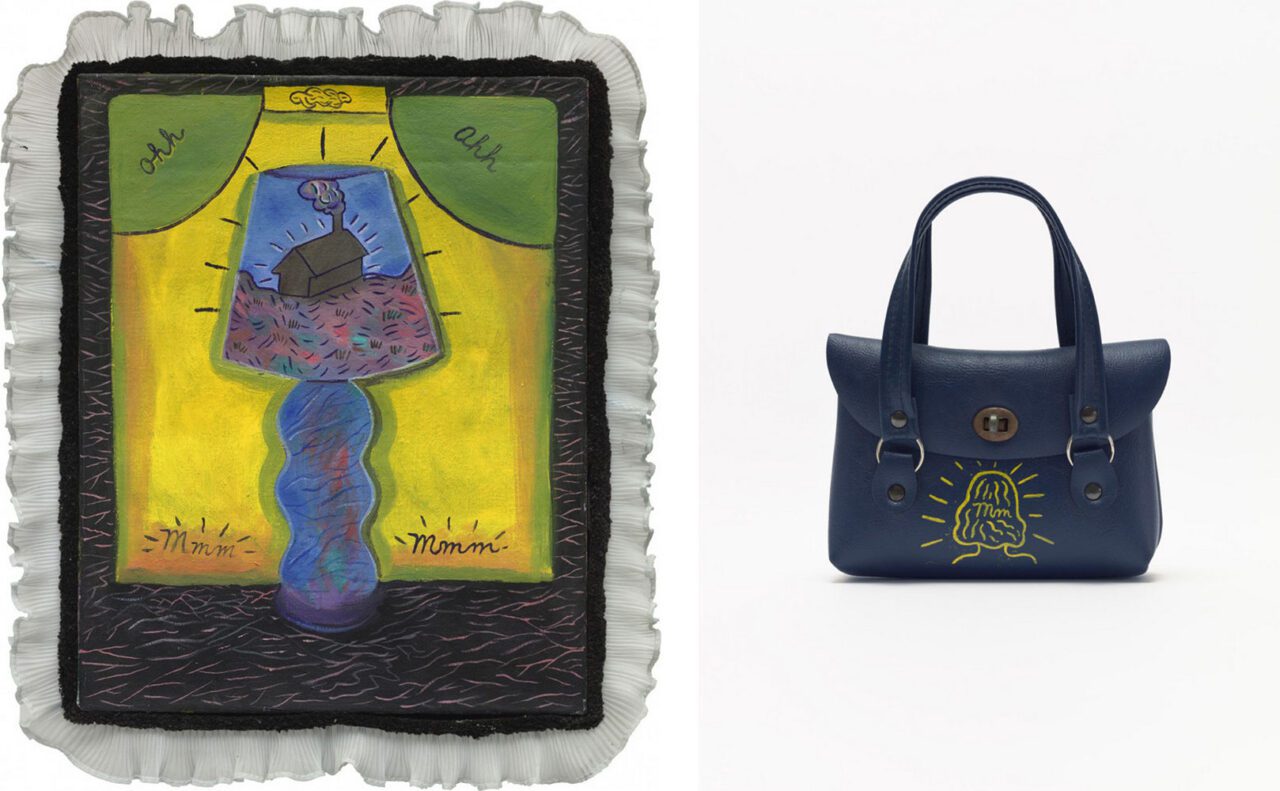
Right: Suellen Rocca, Mm…, c. 1968, Oil on leatherette purse, 4 × 6 × 1½ inches; 10 × 15 × 4 cm, © Suellen Rocca, Courtesy the artist and Matthew Marks Gallery
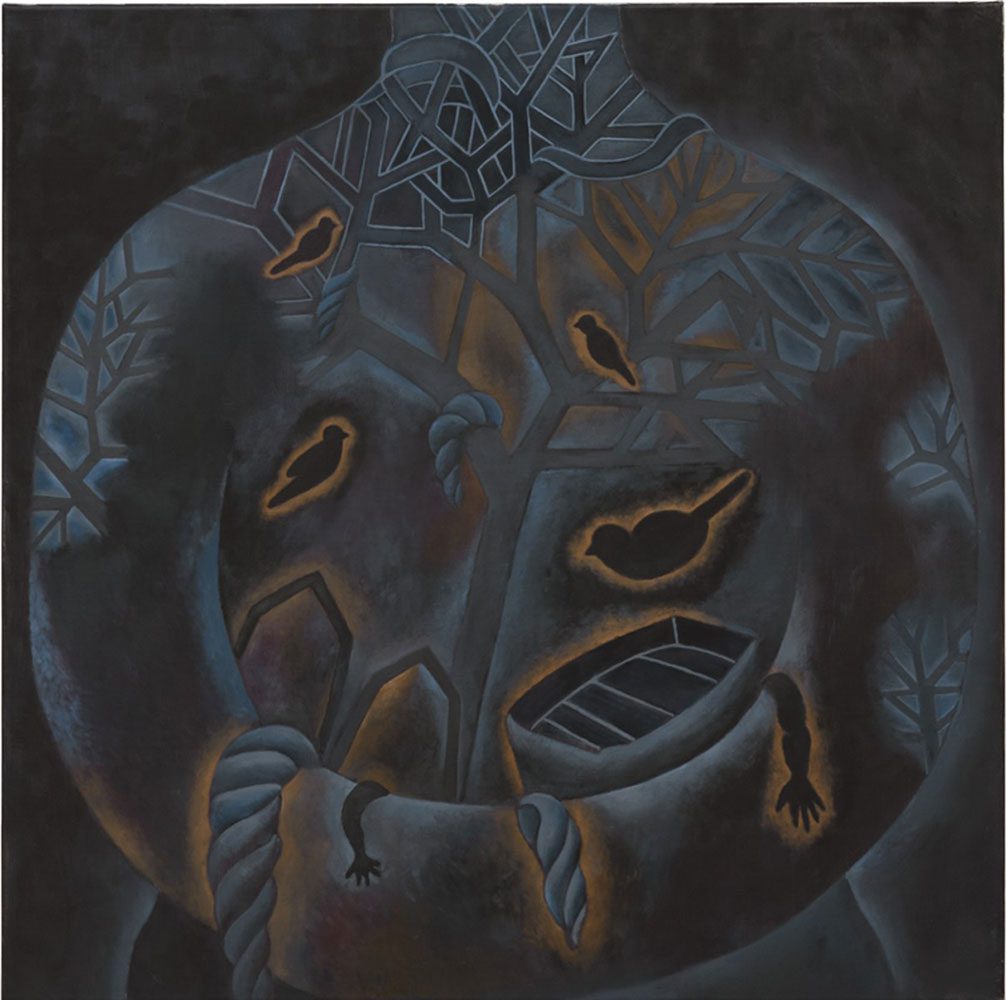
Suellen Rocca, Untitled, 2020, Oil on canvas, 36 × 36 inches; 91 × 91 cm, © Suellen Rocca, Courtesy the artist and Matthew Marks Gallery
